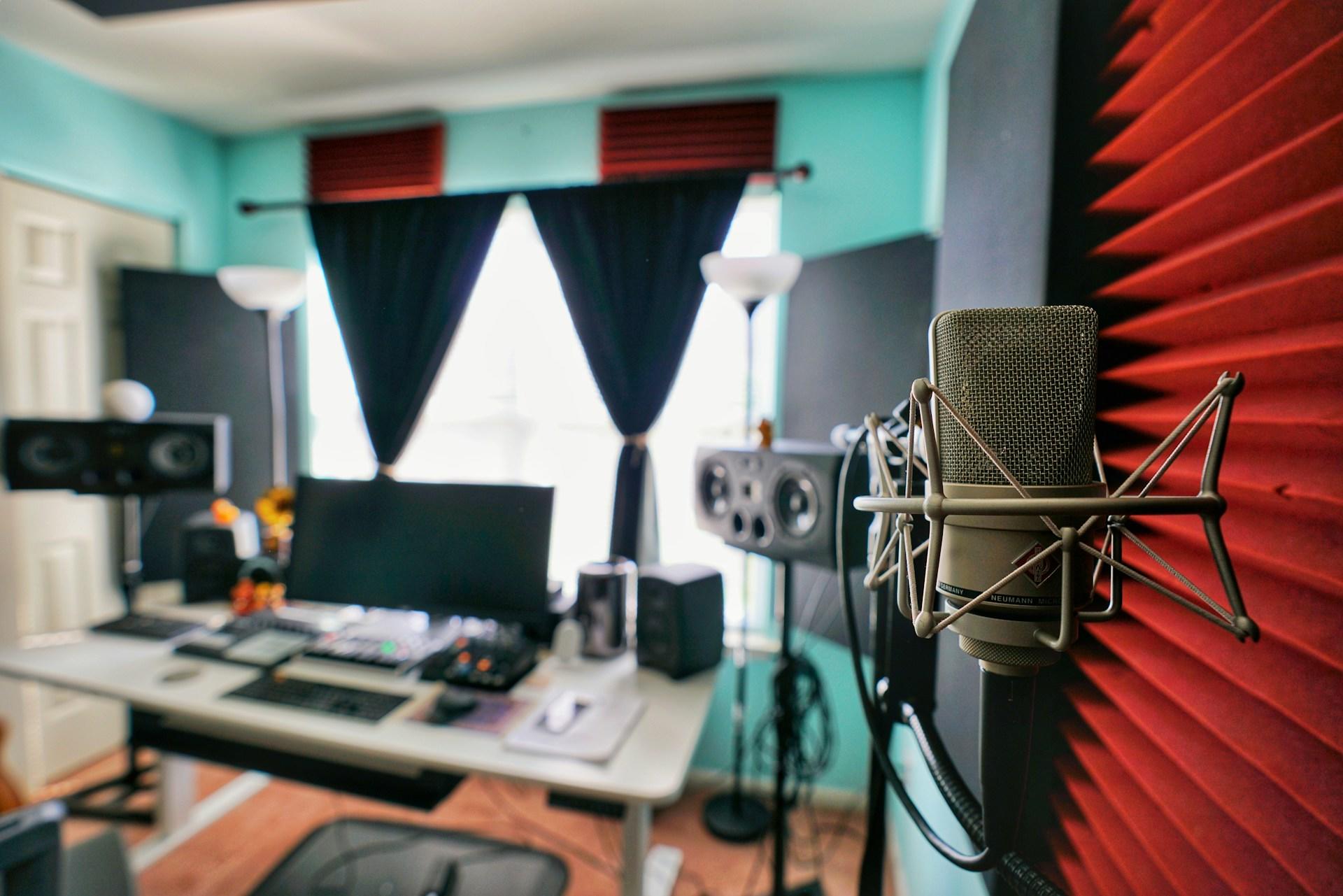“When a singer truly feels and experiences what the music is all about, the words will automatically ring true.” - Monserrat Caball
Once you've bought a microphone, mixer, and speakers, you might think you're ready to start recording yourself singing.
Something is missing, though. You need a sound card, which is essential for any home studio setup.
In this article, we're looking at different sound cards and what you should look for when buying one.

What Is a Sound Card?
A sound card is an internal or external computer component that's responsible for how you input or output audio. A sound card's main function is to convert digital signals into analogue audio signals and vice-versa.
There are three main types of sound card:
- A chip or chipset: integrated into your computer's motherboard.
- An internal sound: attached to the motherboard via PCI, PCIe or other component slot.
- An external sound card: connected to your computer externally via connection types like USB or Firewire.
If your computer has sound, then you already have a sound card or at least an integrated sound card. It's common for most motherboards nowadays to come with integrated sound and graphics and if you have a laptop computer, then most components are integrated to save space.
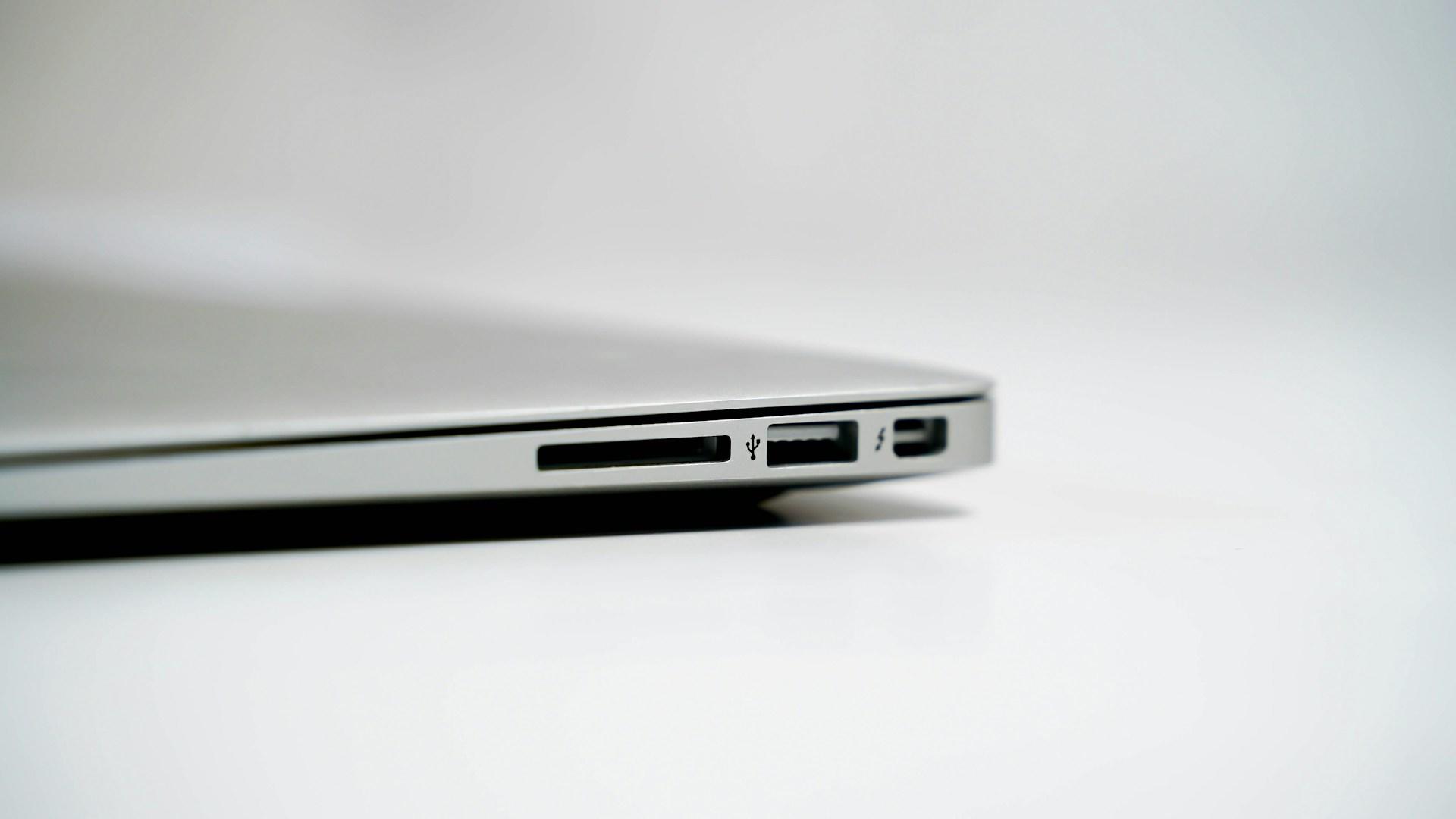
For desktop computers, there are slots on the motherboard that allow you to install internal components like sound and graphics cards, network adaptors, etc., but you can also get external sound cards that connect to your computer via its external ports like USB or Firewire.
Choosing a Sound Card
Connecting a Sound Card for Singing
For external sound cards, the connection type is an important consideration. USB 2.0 or USB 3.0 are far more common than FireWire, which is a faster connection type.
Macs connect to some external sound cards via a Thunderbolt port.
Internally, sound cards typically connect via PCI or PCIe slot. If you've never installed computer components or assembled a computer internally, don't worry! It's quite easy to install PCI and PCIe components as they slot into the ports, are often automatically detected by your computer, and typically only fit into one type of slot.
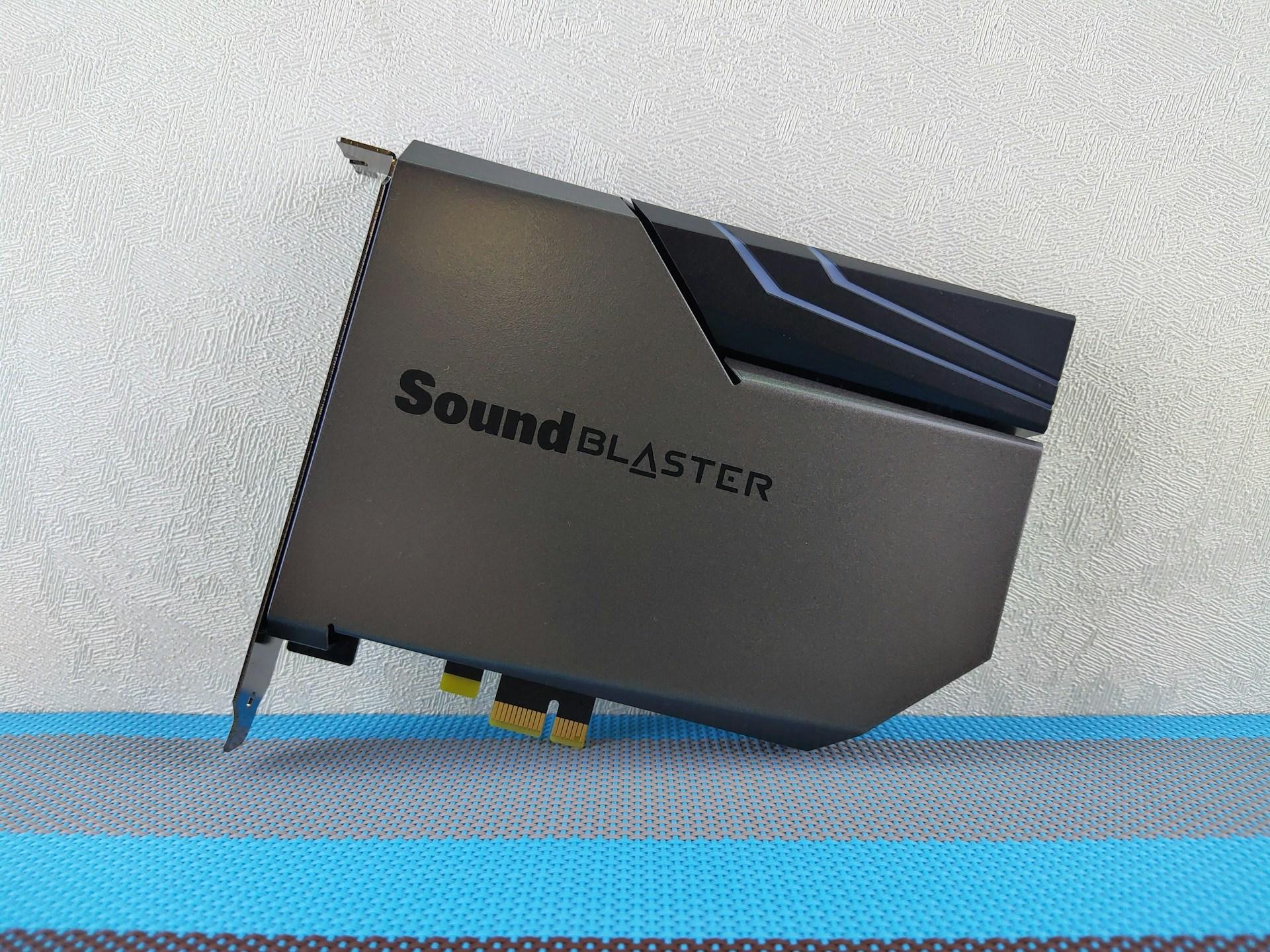
Sound Card Ports and Outputs
The main reason you'll buy an external sound card is for the ports on it. Your microphone, for example, may connect via XLR.
An XLR port is circular with three holes or pins (depending on whether the connection is male or female) and is typically used for professional audio, visual, and stage lighting.
You'll use it to connect audio devices like your microphone.
Sound Card Inputs
Your audio input is one-half of your home studio set-up. While your sound card deals with both, let's look more closely at inputs.
If you're simply recording yourself singing and nothing else, then you'll be fine with a single XLR input. However, if you have any ambition of recording instruments as well as the microphone or multiple voices, then you'll need multiple inputs.
You could also use a mixer to send multiple inputs into your sound card, but this will flatten multiple inputs into one, making it far more difficult to adjust the levels of individual voices, instruments, inputs, etc.
If you want to sing while playing guitar, for example, you'll need at least two inputs. This will allow you to mix your two inputs ensuring a nice balance between your voice and the instrument.
Most sound cards will have XLR inputs and a 3/4 inch mono jack (the kind electric guitars typically plug into). There may also be 3.5mm ports for your headphones and other common audio jack types.
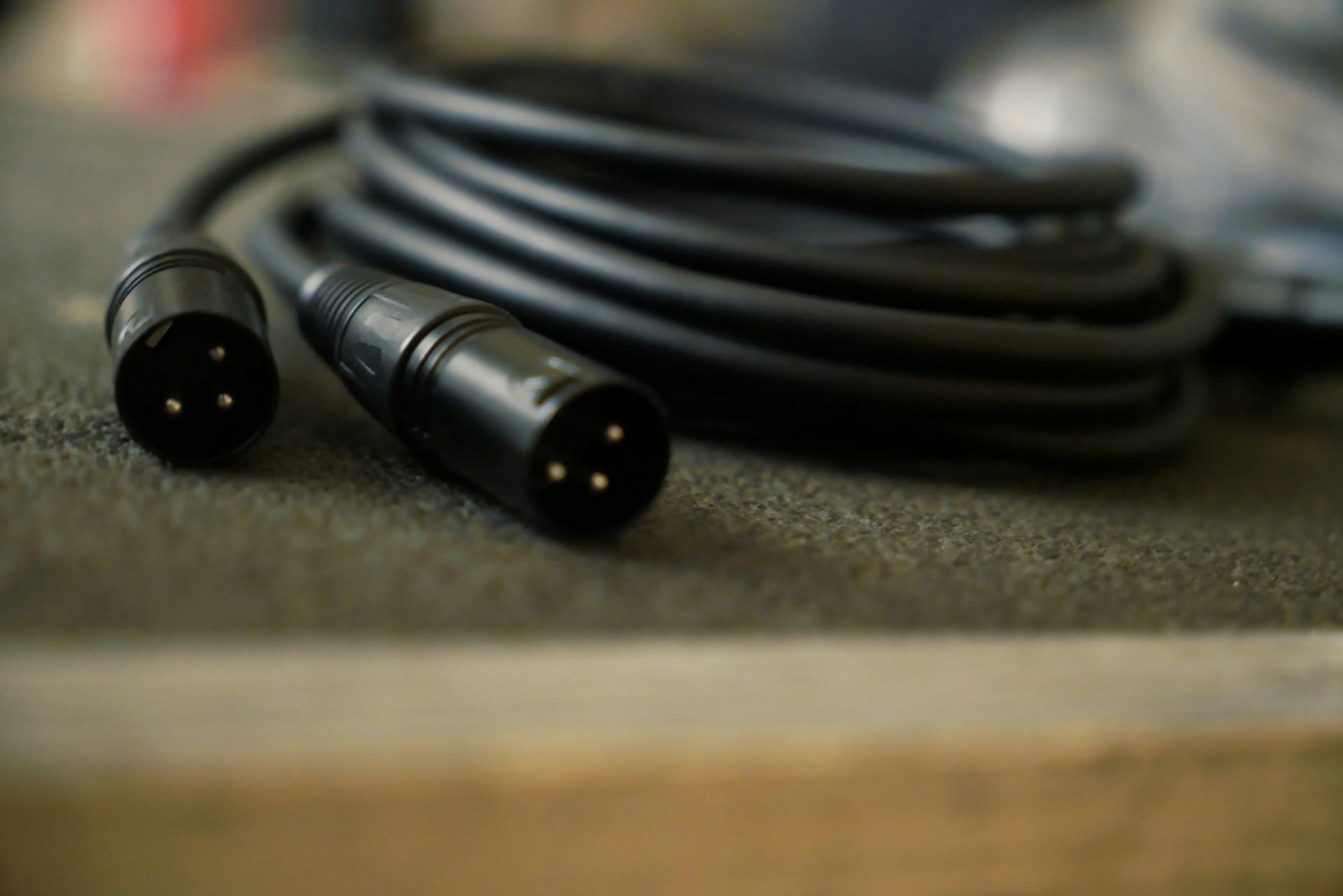
Some of these ports will be for input, others for output, and some for both. Each sound card is different so think about how many inputs and outputs you'll need and make a list of them for when you start browsing for sound cards.
Home Studio Sound Card Output and Monitoring
While you could always listen to your recordings on another device, you'll likely want to listen to them immediately on the device you record them on.
As mentioned before, most sound cards will have various input and output ports, allowing you to connect speakers, amps, and other audio output devices.
In the world of audio, there's seemingly a jack and port for everything so don't worry too much about all, just make a list of the ports you need and remember you can always buy an adapter if needed.
Beyond the ports, you'll want control over the outputs. In some cases, you can do this natively on the device itself with various knobs and dials. For internal sound cards, you'll likely have to manage the output via your computer.
You'll also want your sound card output for monitoring. This is when you use the output on your soundcard to mirror the input so you can hear exactly how you sound. This is why musicians and singers are often seen either with earpieces or amplifiers facing them when they perform live.
While guitars and other electric instruments can use an amplifier or speaker for monitoring because the device doesn't pick up sound, instruments that use a microphone (and singers) will need to use the headphone output so only they can hear the output. This also stops that horrible squealing feedback that you get from microphones at presentations.
The AD/DA Converter
The AD/DA (Analog to Digital/Digital to Analog) converter is the main component of a sound card. After all, a sound card is simply a device that allows a computer (a digital device) to deal with analogue audio inputs and outputs.
As with any type of signal conversion, you'd like your sound card to reproduce the analogue signal as faithfully as possible. In the same way that digital cameras are analogue to digital devices for light, sound cards are digital to analogue devices for sound.
Sound Card Latency when Singing
For monitoring, you want a low-latency sound card. Low latency means that the time it takes between input and output is very short and you won't have much delay between the two.
For most sound cards, a latency of under 10ms is best as this won't be very noticeable. The lower the latency, the less you'll notice it.
Using Your Sound Card for Singing
While most sound cards are suitable for everyday audio uses and requirements, there are a few things that you'll want to look for when shopping for a sound card to record your singing.
If you're recording yourself just so you can hear yourself sing and improve, then you'll only really need an input or two. With two inputs, you have the option two record two instruments, voices, an instrument and a single voice, or record in stereo.
If you want to record several people singing, a band, several instruments, or background audio, then you should look for a product with several inputs for microphones and audio devices.
You also want to consider the type of recording as well as factors like price, compatibility, etc. when you invest in a sound card. We use the word "invest" here because if you're new to buying sound cards, you might find that the price of specialist sound cards is quite expensive.
It's up to you to come up with an appropriate budget, but remember that your budget for a home studio has to also include microphones, headphones, accessories, and maybe even a Digital Audio Workstation (DAW).
Sound Cards for Recording Vocals
Buying a sound card can be quite complicated and with so many different applications and prices, choosing the right product can be difficult.
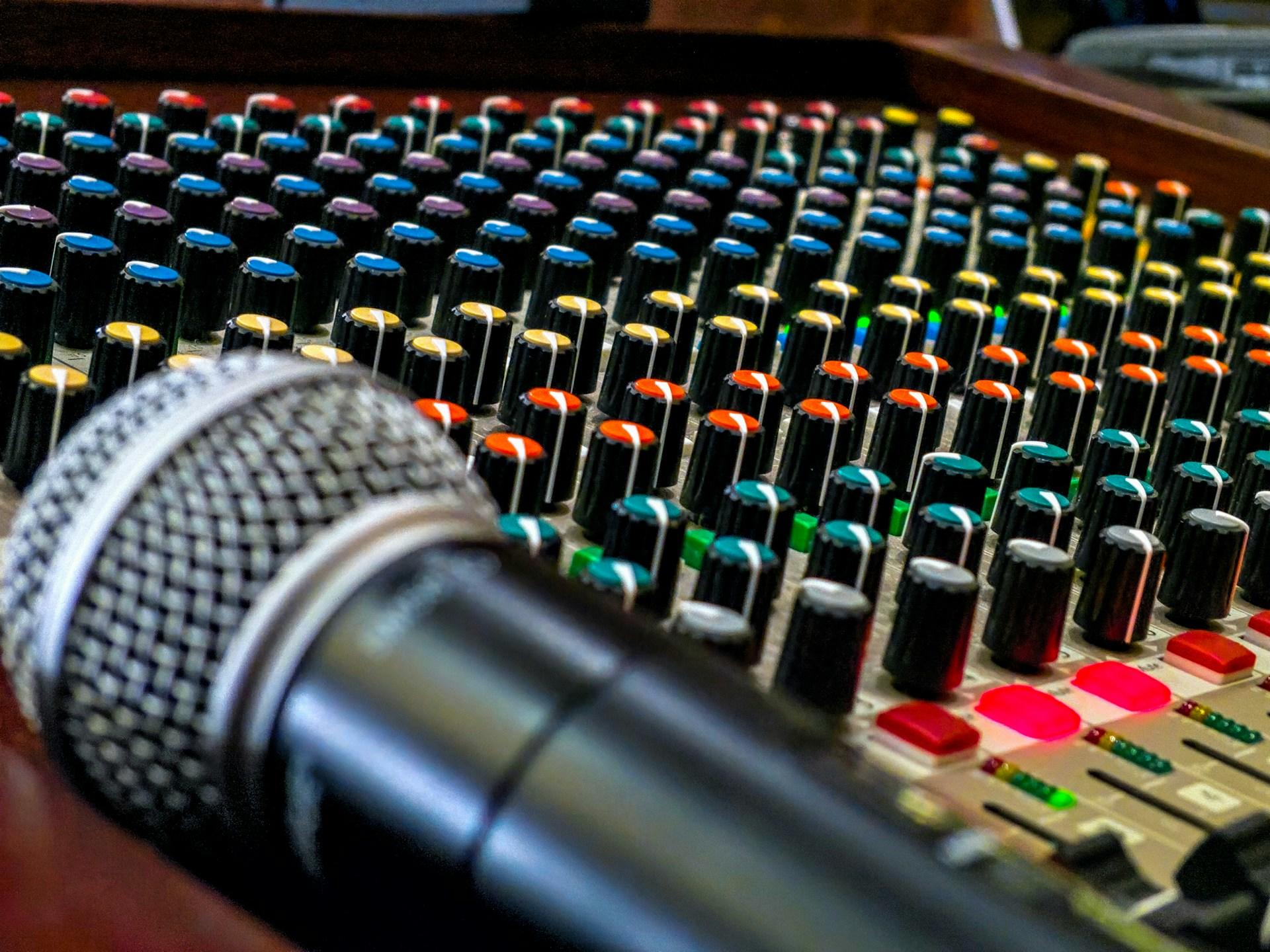
Here are some sound cards that are reasonably priced and recommended:
Behringer U-Phoria UMC22
The Behringer U-Phoria UMCC is a 2-channel USB audio interface. It includes 2 inputs and 2 outputs. The inputs include one combi jack XLR and a 6.3 mm jack. The outputs are a 6.3mm headphone jack and a 6.3mm jack.
It connects to your computer via USB.
Native Instruments Komplete Audio 6
The Native Instrument Komplete Audio 6 is a 6-channel audio interface.
Inputs include 2 mic/line/instrument combo inputs (XLR/6.3mm jack) and 2 6.3mm jack inputs.
There are 4 line outputs and 2 stereo headphone outputs.
It connects via USB 2.0.
Focusrite Scarlett 2i2 (4th Generation)
The Focusrite Scarlett 2i2 is a 2-channel USB 2.0 audio interface.
There are 2 6.3mm jack instrument/line inputs and 2 XLR microphone inputs.
It uses a USB-C connection to connect to either PC or Mac.
If you find the 4th generation price to be too high, consider looking for a used version of a previous generation model.
Presonus AudioBox GO
Presonus AudioBox GO is a very affordable USB audio interface with 1 mic/line XLR input and 1 6.3mm jack input. It has 2 TRS jack outputs.
Of course, there are plenty of USB audio interfaces to choose from as we've mentioned. The best thing is to shop around and check that they have the appropriate number of inputs and outputs, low latency, and fit into your budget for a home studio.

